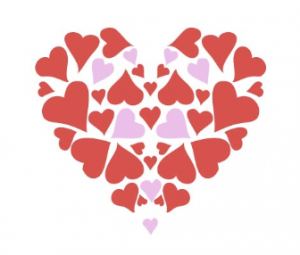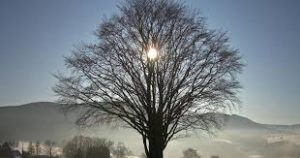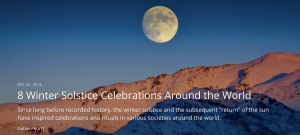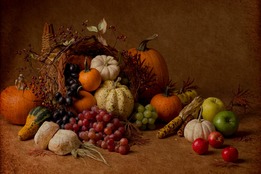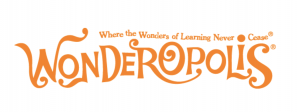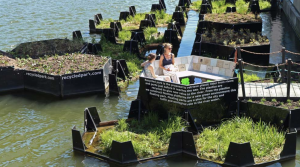In 1879, the United States made Washington’s February 22nd Birthday a federal holiday. Today, the third Monday in February is frequently referred to as “Presidents’ Day.” So which is it? Let’s get to the bottom of what’s official and what’s not.
According to mountvernon.org, George Washington was a humble man who did not enjoy flashy celebrations. During his lifetime, Washington didn’t really celebrate his birthday, choosing instead to use the day to respond to letters or attend to matters at Mount Vernon. However, national celebration of his birthday began while he was alive and continued after his death.
The road to what the majority of people in the United States now recognizes as Presidents’ Day is a long and confusing one. After Washington died in 1799, his birthday was informally celebrated across the country. But, it wasn’t until January 31, 1879, that Washington’s birthday became a federally recognized holiday.
Washington’s birthday is also recognized in another unique fashion. Starting in 1896, it has become a tradition to read Washington’s Farewell Address on February 22nd (the actual day of his birth) in the US Senate by a current member. This tradition reminds us of a man whose patriotic spirit still inspires us to this day, particularly federal workers who uphold what he helped create.
On June 28th, 1968, Congress passed the “Uniform Monday Holiday Act”. This law aimed to provide uniform annual observances of certain legal public holidays on Mondays. The act was also created to provide federal employees with more three-day weekends. Under this new law, Washington’s birthday would be celebrated on the third Monday of February, partially losing the value and identity of the importance of his birthday. Washington’s birthday has not been celebrated on the actual day of his birth since the law took effect in 1971.
Today the nation typically combines Washington’s Birthday with Presidents’ Day, celebrating both days on the third Monday in February. However, Presidents’ Day is not the official name of the holiday. While the name “Presidents’ Day” was proposed for this Monday holiday in 1951, the U.S. government never officially changed the name. In the 1980s, thanks to advertising campaigns for holiday sales, the term became popularized and largely accepted.
The idea behind the name was to create a holiday that did not recognize a specific president, but rather celebrated the office of the presidency. This joint recognition would also celebrate President Lincoln’s February 12th birthday within the same period. Both great men, both important to our country.
Source: mountvernon.org
